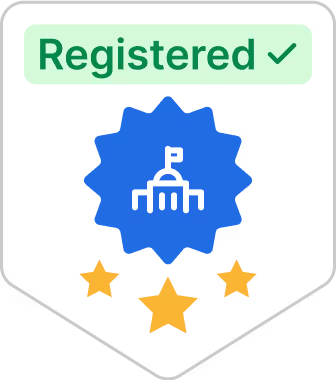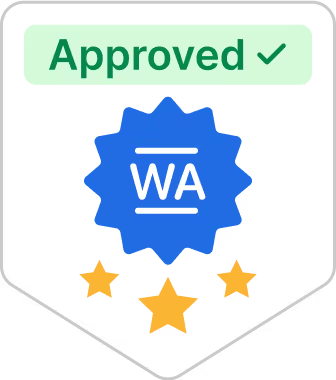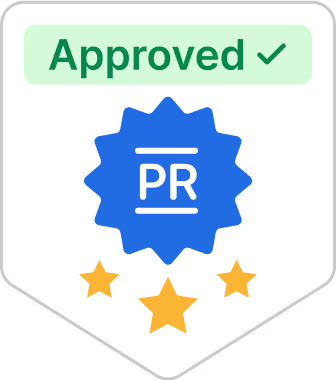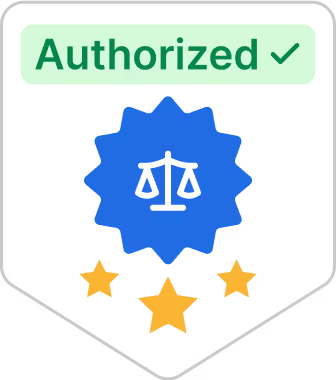Airport Security and TSA Carry-On Liquid Rules: What to Know and How to Pack

The Transportation Security Administration (TSA) was founded in late 2001 to strengthen the country’s transportation systems and keep passengers and crew members safe during air travel.1 Aviation security involves screening people and cargo, including liquids that passengers choose to place in their carry-on bags.
TSA’s strict carry-on liquid rule is in place for good reason: liquids can be weaponized, and the TSA must ensure that all liquids going through the security checkpoint are non-threatening.
In this article, we’ll explain everything you need to know about how to get a TSA PreCheck and pass through airport security as it relates to the TSA liquids rule. We want to give you a thorough understanding of why it exists, what to expect, and how to pack accordingly.
Airport Security: Why TSA Liquids Must Be Screened
First and foremost, let’s uncover why TSA takes its carry-on liquids size specifications so seriously. Back in August 2006, passengers attempted to board nearly one dozen airplanes bound from London to various cities across Canada and the United States. British authorities disrupted their terrorist plot upon discovering that these passengers were hiding liquid explosives in plastic drink bottles that had been stashed in their carry-on bags.2
Having become aware of how easily bomb materials could be concealed in the form of liquids, TSA immediately implemented strict regulations pertaining to carry-on liquid size. At first, TSA banned all liquids, gels, and aerosols in carry-on luggage, but a month later, in September 2006, they amended the rules and designated a carry-on liquid size for all passengers who intended to bring liquids and liquid-based products through airport security.2
The TSA liquids rule is still in effect to this day.
The TSA Liquids Rule All Passengers Must Follow
TSA allows you to bring liquids, gels, and aerosols through airport security in a carry-on bag as long as those items are in containers that measure 3.4 ounces (100 milliliters) or fewer.3 To clarify, a carry-on bag is a bag that will be accessible to you during the flight’s entirety. That bag may be stowed at your feet underneath the seat in front of you or placed in one of the aircraft’s overhead compartments.
Here are some examples of liquids, gels, and aerosols that you might wish to place in your carry-on bag:
- Face wash
- Shampoo
- Conditioner
- Toothpaste
- Mouthwash
- Hair gel
- Shaving cream
- Lotion
When you’re packing for your trip, keep in mind that all containers must fit into a resealable, 1-quart plastic bag.
To help passengers remember, the TSA liquids rule, is commonly referred to as the “3-1-1 liquids rule”—“3” signifies the size limit for each container of liquid, gel, or aerosol. The first “1” denotes that all of your liquids, gels, and aerosols must fit into a single, quart-sized, zip-top bag. The second “1” is a reminder that each passenger is only allowed to bring one of these quart-sized bags through airport security.4
TSA’s website notes that any liquid, aerosol, gel, cream, or paste that sets off an alarm during screening must go through additional screening.3
Exemptions for Infant/Child Nourishments and Necessary Medications
TSA doesn’t want to make it difficult for certain individuals to get through airport security with their carry-on liquids. For this reason, TSA permits formula, breast milk, toddler drinks, and baby/toddler food to be brought through airport security, even if the item exceeds 3.4 ounces. This TSA liquids rule even applies to breast milk and formula cooling accessories, and TSA does not require an infant or child to be present to bring these items on board.5
If you’re planning to travel with any of these essential infant or child items, we encourage you to read our helpful traveling with children and family guide, which thoroughly outlines the airport security screening process for parents or guardians.
Regarding passengers who are carrying medically necessary liquids, gels, and aerosols in their carry-on bags, TSA allows these items to pass through airport security once their presence has been declared to TSA officers at the checkpoint.
TSA reserves the right to test liquids, gels, or aerosols using its advanced screening technology. In some instances, passengers must open their liquid carry-on items for Vapor Analysis, but they can rest assured that TSA screening never involves placing anything into the liquid that could compromise it in any way.6 TSA’s Disabilities and Medical Conditions webpage offers additional information about the rules as they relate to liquids as well as supplies such as IV bags and insulin pumps.
The TSA Liquids Rule for Inbound International Flights
If you’re traveling back to the United States, you are permitted to place duty-free liquids into your carry-on bag.3 The “3-1-1” still applies. In this case, the liquids you purchased internationally must be packed in a transparent, secure, tamper-evident bag by the retailer.
It’s also important that you be prepared to show the receipt at airport security and confirm that your purchase was made within 48 hours.3
How to Pack TSA Liquids Wisely in Your Carry-on Bag
You can shop online or in-person for toiletry bottles that can be used to store your liquids; look for leak-proof, reusable bottles that will meet your needs without breaking the TSA liquids rule.
No one wants to hold up the airport security line. That said, pack your carry-on in a way that affords you easy access to your quart-sized bag. Whether your carry-on is a backpack, suitcase, a small piece of luggage, or even a purse, you should be able to easily reach into a compartment, retrieve the plastic bag, and place it in the screening bin once it’s your turn to move through the airport security checkpoint.
You can help facilitate a fast and efficient screening process at airport security and learn more about TSA requirements here.
Liquids That Exceed the Carry-On Liquid Size
Let’s say you want to bring your favorite shampoo on vacation, but you’d rather not pour the contents of your big shampoo bottle into travel-sized containers—or you simply don’t have a need to place your shampoo in your carry-on bag in the first place. In these cases, it’s crucial to remember that liquids, gels, creams, pastes, and aerosols of any size can be packed into your checked bag.
That said, if you’d rather not have to worry about the “3-1-1” TSA liquids rule, keep in mind that it applies to carry-on bags only! You may bring full-sized bottles of shampoo, conditioner, and other toiletries in your checked luggage as long as your luggage doesn’t exceed the weight limits set by your chosen airline. Just be sure to place these liquids in a bag to prevent spills, as you wouldn’t want to reach your destination and find that some of your liquids have leaked onto your clothes or other personal belongings.
Airport Security: Get Through and Get Going
Next time you’re packing your bags for your upcoming trip and considering rules surrounding carry-on liquid size, remember that you should be able to get through airport security rather quickly as long as you abide by the TSA liquids rule that has been established for all carry-on bags.
Plus, you can get your TSA PreCheck through GOV+ and make it a seamless travel experience.
Sources:
- Transportation Security Administration. TSA History.
- NPR. It Was Shoes On, No Boarding Pass Or ID. But Airport Security Forever Changed On 9/11.
- Transportation Security Administration. TSA Liquids Rule.
- Transportation Security Administration. What is the 3-1-1 liquids rule?
- Transportation Security Administration. Traveling with Children.
- Transportation Security Administration. Disabilities and Medical Conditions.























